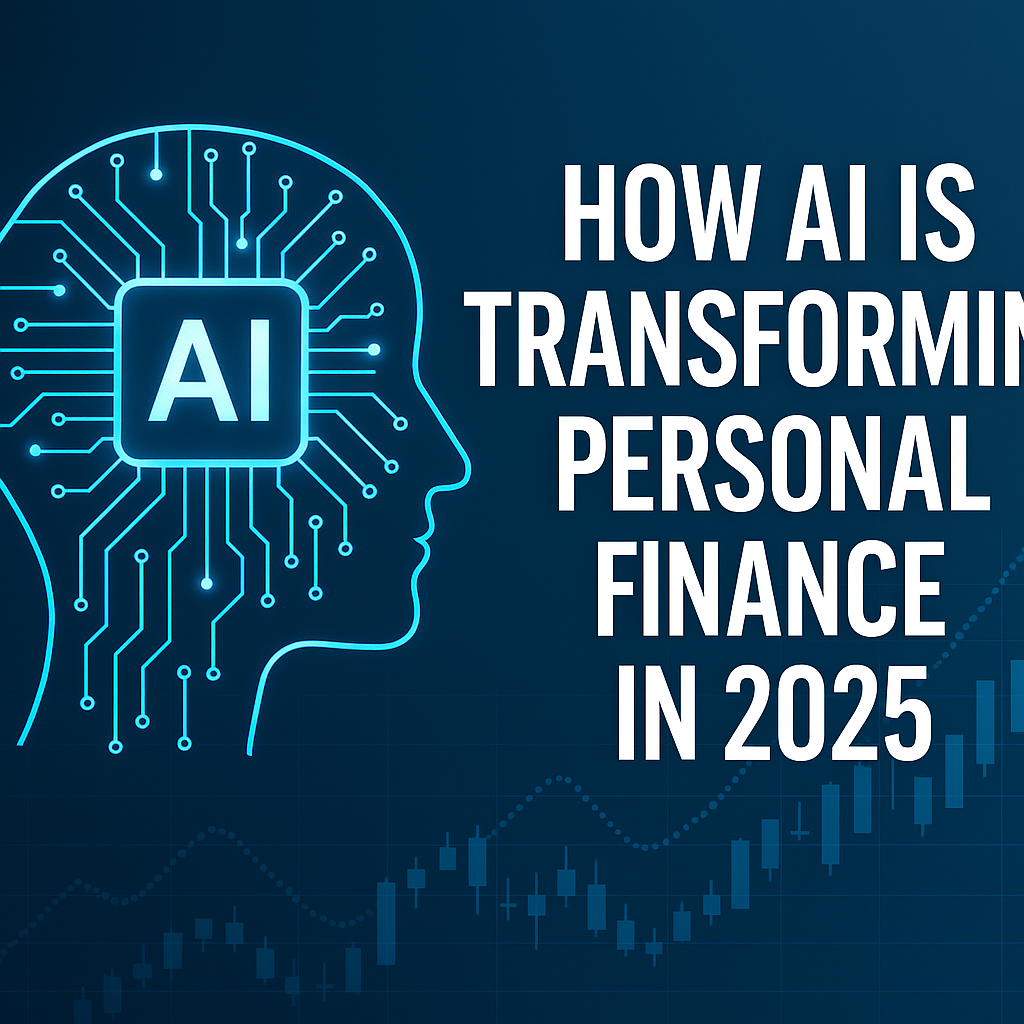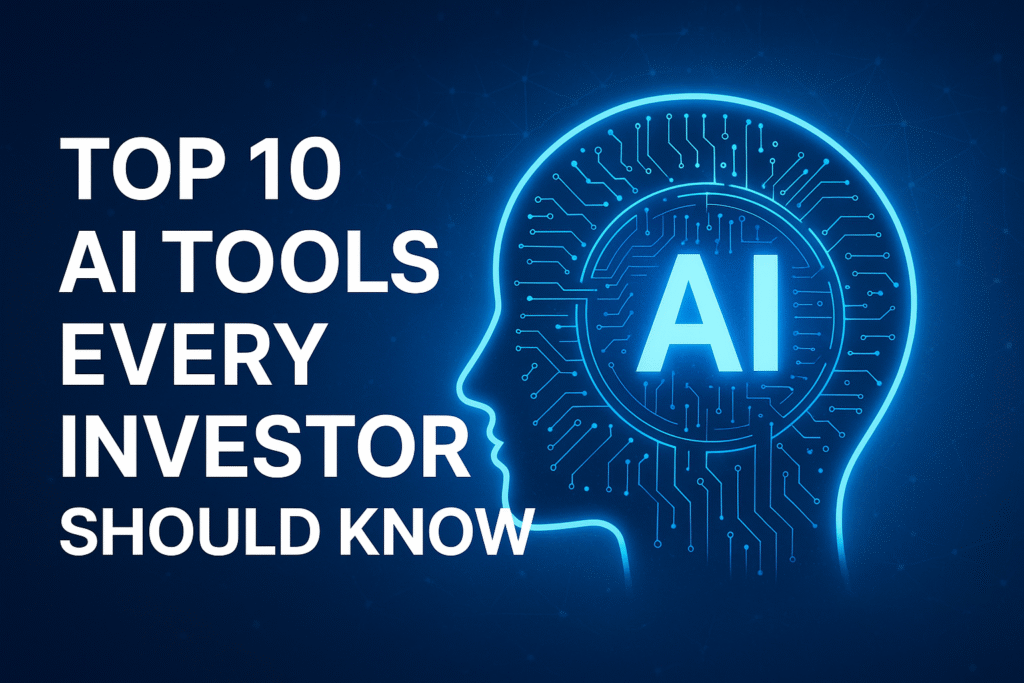The world of banking is changing faster than ever.
Gone are the days when you had to visit a branch to open an account or wait days for a loan approval.
In 2025, artificial intelligence (AI) is not just a trend — it’s the core engine of modern banking.
From analyzing spending habits to preventing fraud and offering personalized investment advice, AI is shaping how banks think, act, and serve customers.
Let’s dive into how this transformation is unfolding — and what it means for your financial future.
1. From Traditional Banking to Intelligent Banking
Traditional banking relied on paperwork, human judgment, and limited data.
AI has turned that model upside down.
Today, banks use machine learning algorithms to:
- Predict customer needs before they arise.
- Approve loans in seconds.
- Detect suspicious transactions instantly.
- Personalize financial recommendations.
💡 In essence, AI has made banks proactive instead of reactive.
It’s no longer about waiting for customers to ask — it’s about anticipating what they’ll need next.
(Related: How Robo-Advisors Manage Your Investments Better Than Banks)
2. Smarter Decision-Making with Big Data
Every time you use your card, transfer money, or make an online purchase, you generate data.
AI systems in banks now process billions of data points daily, turning that raw information into actionable insights.
For example:
- If your salary increases, your app may suggest higher savings goals.
- If you travel abroad, it can automatically adjust currency settings.
- If your spending spikes, it warns you before overdraft fees kick in.
📊 AI transforms your financial footprint into a living, learning ecosystem — one that evolves with you.
3. AI-Driven Risk Management and Credit Scoring
In the old days, getting a loan depended on your credit score and a banker’s intuition.
Now, AI-powered risk models analyze hundreds of factors beyond traditional credit data — including cash flow, job stability, and even behavioral patterns.
The result?
- Fairer lending decisions
- Faster approvals
- Lower default rates
💬 Example: A freelancer with irregular income might have been rejected by a bank in 2010.
In 2025, an AI model can recognize consistent earning trends — and approve a tailored credit line.
That’s not just innovation — it’s inclusion.
4. AI and Fraud Prevention: Real-Time Protection
Cybercrime costs the world billions annually, but AI is fighting back in real time.
Banks now use neural networks and anomaly detection algorithms to identify fraud patterns instantly.
🕵️♂️ If someone tries to withdraw money from your account in another country while your phone is in your pocket — AI flags it in seconds.
Unlike humans, AI doesn’t need sleep or coffee breaks. It monitors global transactions 24/7.
💡 In other words: it’s your invisible digital security guard.
5. Personalized Banking: One Size No Longer Fits All
AI-driven banking is personal — like having a financial assistant in your pocket.
Modern banking apps powered by AI can now:
- Categorize your expenses automatically.
- Create custom saving goals based on habits.
- Offer real-time investment suggestions.
- Help you negotiate better loan or insurance rates.
📱 Example: If you regularly spend on travel, your bank might recommend a credit card with better travel rewards — instantly.
This hyper-personalization makes finance feel human again, even when it’s powered by algorithms.
6. Voice and Chat-Based Banking: The New Normal
Thanks to natural language processing (NLP), talking to your bank is now as easy as chatting with a friend.
Virtual assistants like Erica (Bank of America) or Eno (Capital One) can:
- Check your balance
- Transfer money
- Track spending
- Explain complex financial terms in plain English
In 2025, most banking apps integrate voice AI — allowing you to say,
“How much did I spend on restaurants last month?”
and get an instant answer with insights.
It’s financial literacy made accessible to everyone.
7. Ethical AI and Data Privacy: The Balancing Act
Of course, with great data comes great responsibility.
As banks rely more on AI, transparency and ethics become crucial.
Modern regulations like the EU’s AI Act and U.S. fintech privacy laws now require banks to explain how algorithms make decisions.
That means no more “black box” credit scores — just transparent, fair, data-driven insights.
🧩 Trust will be the most valuable currency in the future of banking.
8. The Next Step: Fully Autonomous Banking
Imagine a world where your finances run themselves.
Your paycheck arrives, your AI automatically:
- Pays your bills
- Reinvests extra cash
- Adjusts your budget
- Rebalances your portfolio
We’re not far from it.
With autonomous finance, AI will manage your money better than most humans can — emotion-free, efficient, and 100% data-driven.
Final Thought
AI isn’t replacing banks — it’s redefining them.
The institutions that thrive will be the ones that blend human trust with machine intelligence.
The future of banking is already here — and it’s smarter, faster, and more personal than ever before.
(Also read: How AI Is Transforming Personal Finance in 2025)


Pingback: Best AI Tools for Entrepreneurs and Small Businesses